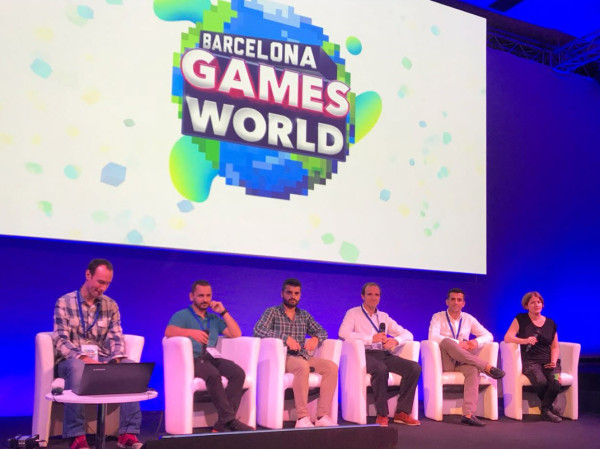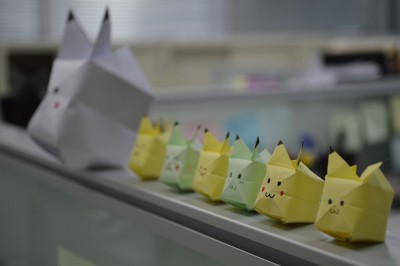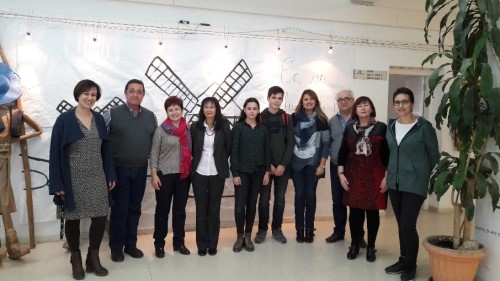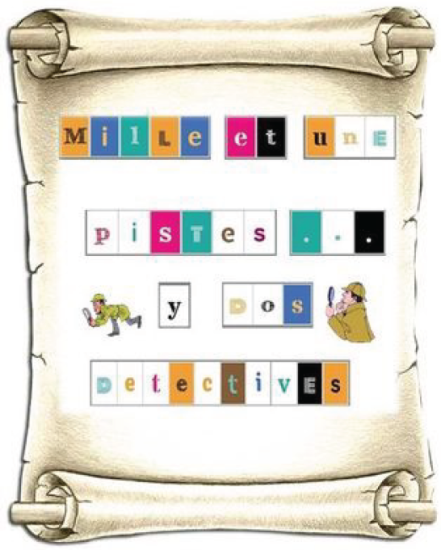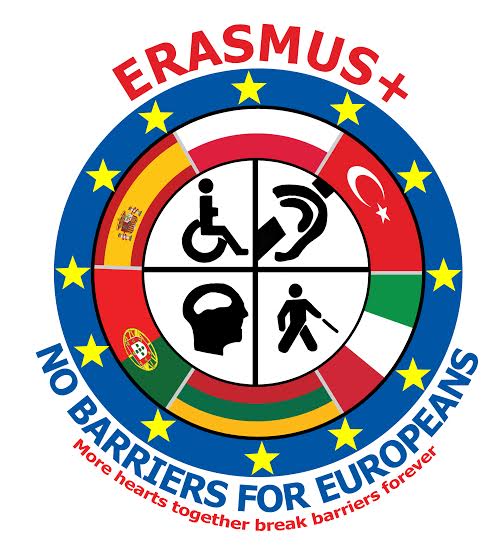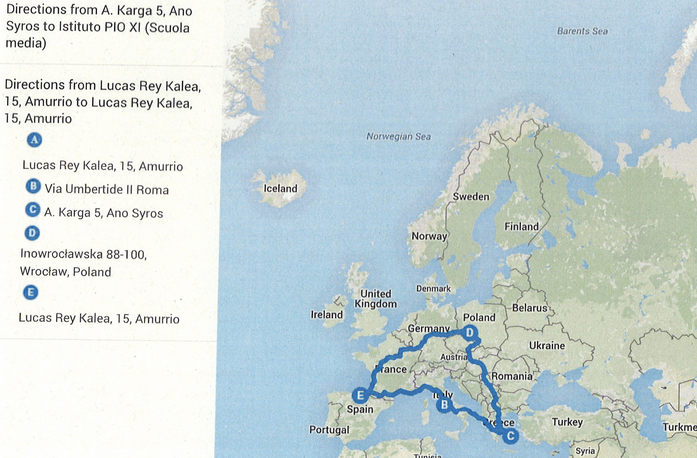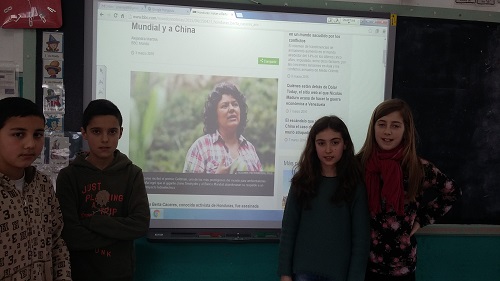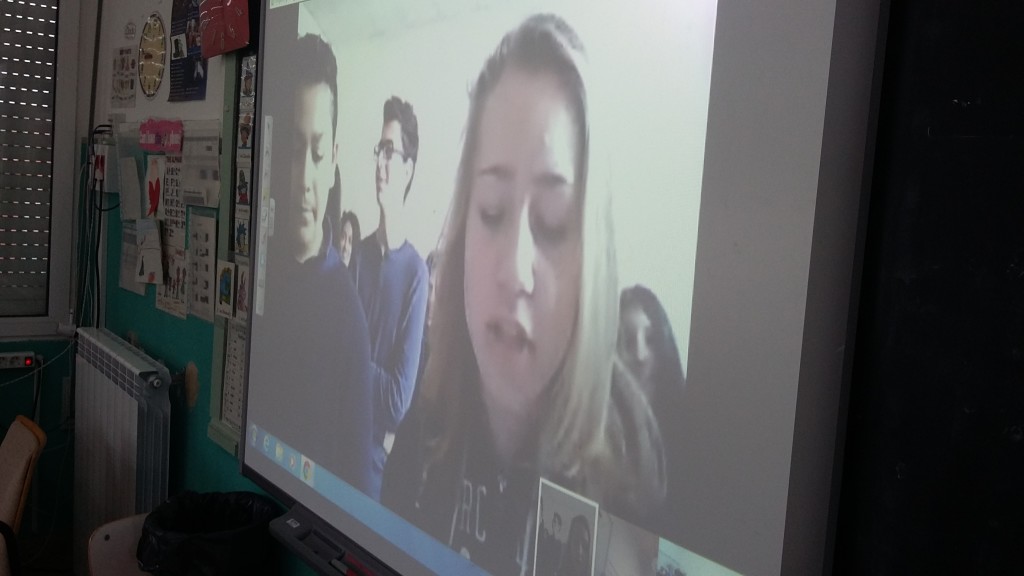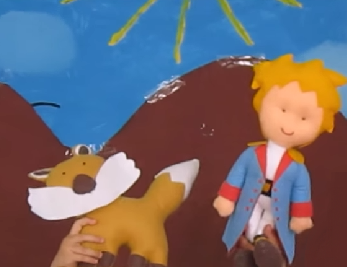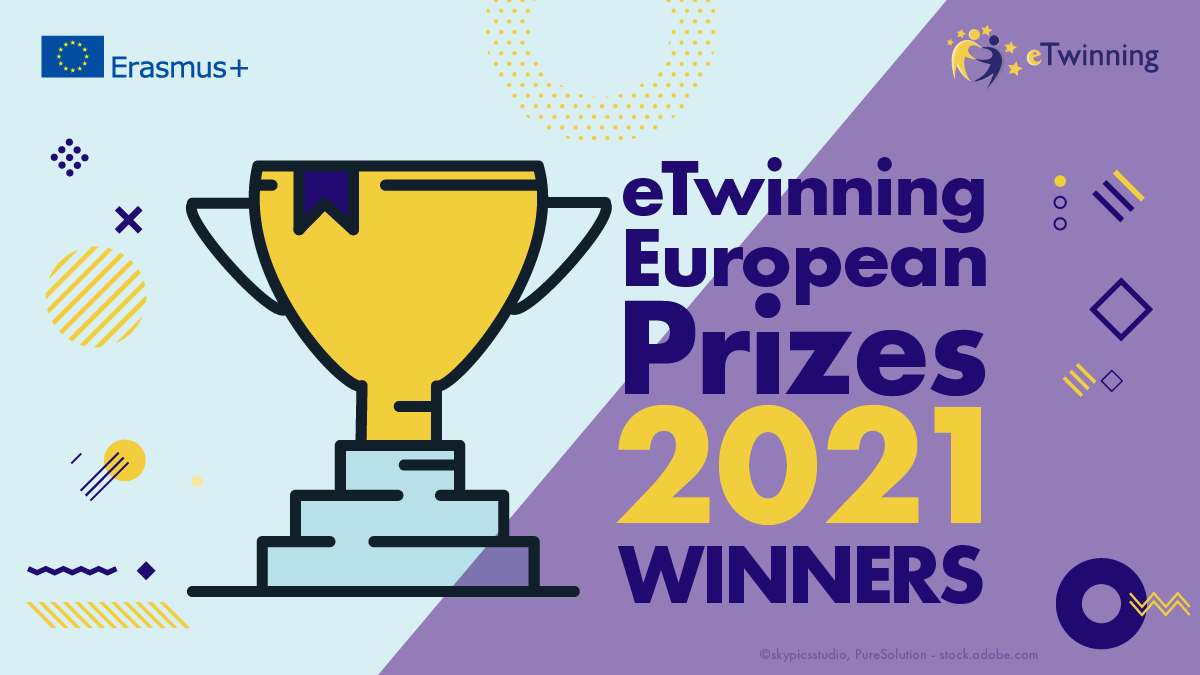Origami project. CEIP Les Arenes
The Origami project implemented by the CEIP Les Arenes school (Valencia) was awarded the 2017 eTwinning National prize for the age category 0-11 years old for projects carried out in the 2015/2016 school year.. Continuar leyendo
Jornada en LLeida para impulsar el desarrollo de proyectos europeos Erasmus + (eTwinning y desarrollo de Acciones KA2)
Ambassadors Interviews“Mille et une pistes… y dos detectives”
eTwinning Awards 2015Milles et une pistes… y dos detectives (1001 clues and two detectives) is an award–winning project; it won a 2016 eTwinning National Prize for the 12-15 years old age category. This project is integrated in the Foreign Language subject area and it involved students of ages between 13-14 years old; it was the perfect tool for both teachers and students to get to know each other, to collaborate, and carry out an exchange visit at the end of the school year. The working methodology is original and it constantly fostered student collaboration, involvement and creativity; it boasts careful planning, clear task and role allocation, and the use of a wide range of adequate digital tools for the students’ age. The project methodology is active, the activities foster creativity and are aimed at knowing the partners and constantly interacting with them; all of this makes the students the true project protagonists. Juana Hermoso, who is the project coordinator in the IES Ítaca school, describes the experience of implementing this experience in her school.
No barriers for Europeans
Featured projectsWe present ‘No barriers for Europeans‘, an Erasmus+ project and school association which involved six schools from Spain, Turkey, Poland, Portugal, Italy, and Lithuania with children with special needs. The main goal was to raise awareness of the situation and needs of disabled pupils and to promote equality and group integration. Exchanging experiences and the visits to the different schools helped the teachers share opinions and good practices for improving the students’ teaching and learning process. Sara Antolín and Rafael Sanjosé, the teachers involved in the project, tell us about their experience of implementing this project.. Continuar leyendo
Quality in Pre-primary and Primary Education projects
RecommendationsHere are some examples of good practices for Pre-primary and Primary education for each of the six existing evaluation criteria used for awarding National Quality Labels to eTwinning projects.
The Maker movement in eTwinning
RecommendationsEmotions have a crucial impact on our learning process. As students, we learn better when we have fun, when we feel capable of meeting a challenge, or when we collaborate with others. And imagine the feeling of creating a physical object with our own hands! Continuar leyendo
Digital citizenship: B&G=COEDUCATION (BOYS AND GIRLS=COEDUCATION)
School campaignsSchool
Lucas Rey-Matias Landaburu.
Teachers
Joserra Jiménez with the involvement of all the teachers at the school.
Autonomous Community
The Basque Country.
Partner countries
Italy, Greece, Spain and Poland.
Educational stage
Primary Education.
Curricular areas
Citizenship, English as a Foreign Language, History.
Language
English.
Recognition
- Quality Label from all member countries of the project.
- Pupils from the Basque Country Primary Education Teaching School spent a day at the Spanish school to gather information about the project to be able to do an end-of-course study on eTwinning and the Coeducation project.
The Italian school took advantage of the national Tablet day (in Italy) to publicize the project via Skype to other Italian schools.
Description
B&G=COEDUCATION (BOYS AND GIRLS=COEDUCATION) is a project that is intended, designed and implemented to raise awareness about the values and principles that must prevail in our society.
To this end, activities have been carried out that on the one hand cover the personal and family environment of the pupils (school, family, media …) and, on the other hand, involve each and every one of the organizations close to the pupils (local and business organizations, NGOs, etc.)
The project was carried out among schools in Spain, Italy, Greece and Poland and although only 6th year primary pupils participated in the twinspace, we must point out that the activities performed have involved all the teaching staff at the school and the families.
The project was carried out throughout the school year, but we think its effects will last over time.
“Citizenship” is the area that has been covered most during the course of the project but we mustn’t forget other areas such as History, English and Technology (use of ICTs)
Link to TwinSpace
https://twinspace.etwinning.net/9840/hom
Aims
The main aim of the project was to implement the Coeducation educational method at schools, a method based on the principle of gender equality and non-discrimination. Coeducation means not establishing sexual power relations, but incorporating the different realities in equal conditions. Through this project we wanted both pupils and teachers, as well as the rest of the educational community (families, environment …), to be aware of the role that men and women have played throughout history.
How did the idea come about to carry out this Project?
The Lucas Rey school is part of a three-year educational project called “Hezkidetza-Coeducation”.
We thought it would be a great idea to use Etwinning as a way of disseminating the different activities and proposals that the school was carrying out. In this way we managed to involve more European schools and so the pupils could critically analyze and compare what was being done on this subject in different European countries.
We should highlight the role of the Italian teacher who had to overcome various obstacles to carry out the project, since her school is religious and some of the activities weren’t well received at first by her school.
Proposed activities aimed at spreading the fundamental values and principles that govern our society (freedom, equality…)
The activities proposed and developed in the different European schools have been aimed at spreading values of equality and non-discrimination.
Some of these activities are mentioned below:
- Family survey: the pupils conducted a survey of their families to learn the role that each of their parents performed at home. the results were subsequently analyzed and compared among the different countries
- Sexist language: male and female pupils from each school visited their respective schools in search of posters and signs of sexist language (teachers’ room, classroom etc. (using the male forms). Anything that could be discriminatory on the basis of sex was replaced by non-Sexist posters made by the same male and female pupils. Later they analyzed and compared them with other countries to see if the native language in each of them was sexist.
- 8 March Celebration: A few weeks prior to 8 March, pupils worked on producing different murals on the role of women in society. On the same day, 8 March, and by using Hangouts, children from different European schools explained their respective work to the other boys and girls.
- Christmas Toys: With the arrival of Christmas, pupils from different schools analyzed various toy catalogues in order to see whether advertising used on the subject is sexist.
- Use of School space: In this activity, participating schools were free to work on the use made of the space with respect to male or female
The Spanish school analyzed the use of the school playground at break time, the Greek and Italian schools analyzed the use of the classroom according to the places occupied by boys and girls.
Traditional Stories: The pupils analyzed various traditional stories by using a template to note the use of female and male roles in these narrations. Later they rewrote these stories, putting into practice and using what they’d learned throughout the project.
Activities proposed/carried out that promote critical thinking, reflection, judgment, especially in the context of the Internet and social networks.
Mass Media: Sexual role.
One of the activities proposed throughout the project and possibly one of the most successful ones consisted in searching through the Internet for different examples of advertising over the years and reflecting on whether or not the use that advertising makes of sexual stereotypes has changed.
The boys and girls also made use of the forum tool within the Etwinning platform, courtesy rules about when it is used being stressed to them (language used, manners, etc.).
We also asked the Ertzantza department to send some professionals to give a talk on the use of the Internet (their talk is planned for the second quarter of this school year)
How has this eTwinning project contributed to achieving the objectives of the Paris Declaration?
The project has tried to create analytical and critical thinking about Coeducation in pupils, teachers and in the educational community in general. To do this, both boys and girls experienced different situations and realities close to their environment so they could get to know their rights and duties.
How does this eTwinning Project promote active citizenship and help prevent and combat racism, intolerance and discrimination in and outside a school context?
Each and every one of the activities carried out throughout the Project has been designed and carried out in order to disseminate Coeducation values to prevent sexual discrimination and to create critical thinking in pupils and their families in discriminatory situations.
Thanks to the project both the pupils and their families have had the opportunity to attend talks about the physical and psychological violence that many women suffer. These conferences have been offered by the “Mundu bat” association.
The school has developed various teaching units aimed at raising awareness among pupils about prevention and reporting discriminatory attitudes.
What impact has the project had on the teaching staff? Have they taken a more active attitude with more involvement in the educational – learning process of pupils to teach them to accept different opinions, beliefs, diversity and gender equality, preventing extremism, inequality, and …?
From the beginning of the project, all the participating teachers were very clear about the involvement of the teaching staff and the school community in its implementation.
As a result of the project, at the Spanish school it was decided that for two days a week the pupils couldn’t use playing materials that we believe are only used by one of the sexes (balls, elastic bands..). In this way we’ve observed that boys and girls spend more time together on those two days and get on better.
On the other hand, all participating schools decided to “be careful” with the language used by their respective teaching staff when sending notes to families.
Other relevant comments on the project related to the subject (synergies with local agencies, immigrant associations, refugee associations, etc
Thanks to the project, the school has participated in various activities carried out by organizations and associations in the area:
Fundación Glog: at the school we asked fathers and mothers to bring in clothes and shoes that they don’t use to donate to the NGO Fundación Glog.
We’re also awaiting a talk that the Ertzantza Internet department is going to give in the school on the subject of Internet safety and Cyberbullying.
Pupils and their families had the opportunity to attend a talk on gender violence that we held in the school library. This conference-talk was held by the “Mundu bat” association.
During the project we’ve used many phrases or sentences related to the subject of Coeducation. One that summarises the essence and the justification for the project is:
“You educate a man; you educate a man. You educate a woman; you educate a generation.”
As teachers, we are aware that education in values should be work in which families and teachers must work together. It’s not a question of convincing but of making people think and reflect on situations that we consider discriminatory and opposed to the values that govern our society. In my humble opinion, I think that with the implementation of the project we’ve contributed to sowing a seed that will eventually bear fruit.
Reading in Community
Featured projectsReading in Community is a project focused on promoting reading and developing linguistic competence and it revolves around Antoine de Saint-Exupéry’s work The Little Prince. It’s a project carried out between schools from France and Spain and it’s aimed at Pre-primary education students. We would like to put emphasis on the detailed planning of activities and on the high level of coordination and communication among the teachers involved with regards to choosing the project theme and activities. The project provides many opportunities for the students to get to know their colleagues’ work and to learn how to appreciate and how to express opinions on the work done by the other school. Also, worthy of note is the involvement of the families who were informed about the project from the beginning and participated in several activities. Also worth mentioning is the evaluation done by the students; they pointed out their favourite parts of the project. Gracia Moya, a teacher who works at the CEIP ‘Gloria Fuertes’ school from Jaén and who was involved in the project, describes the fundamental structure of the project and provides us with links to its results. Continuar leyendo

